Kunstsilo sees a functionalist grain silo transformed into Norway’s newest art gallery
Kunstsilo’s crisp modern design by Mestres Wåge with Spanish firms Mendoza Partida and BAX Studio transforms a listed functionalist grain silo into a sleek art gallery
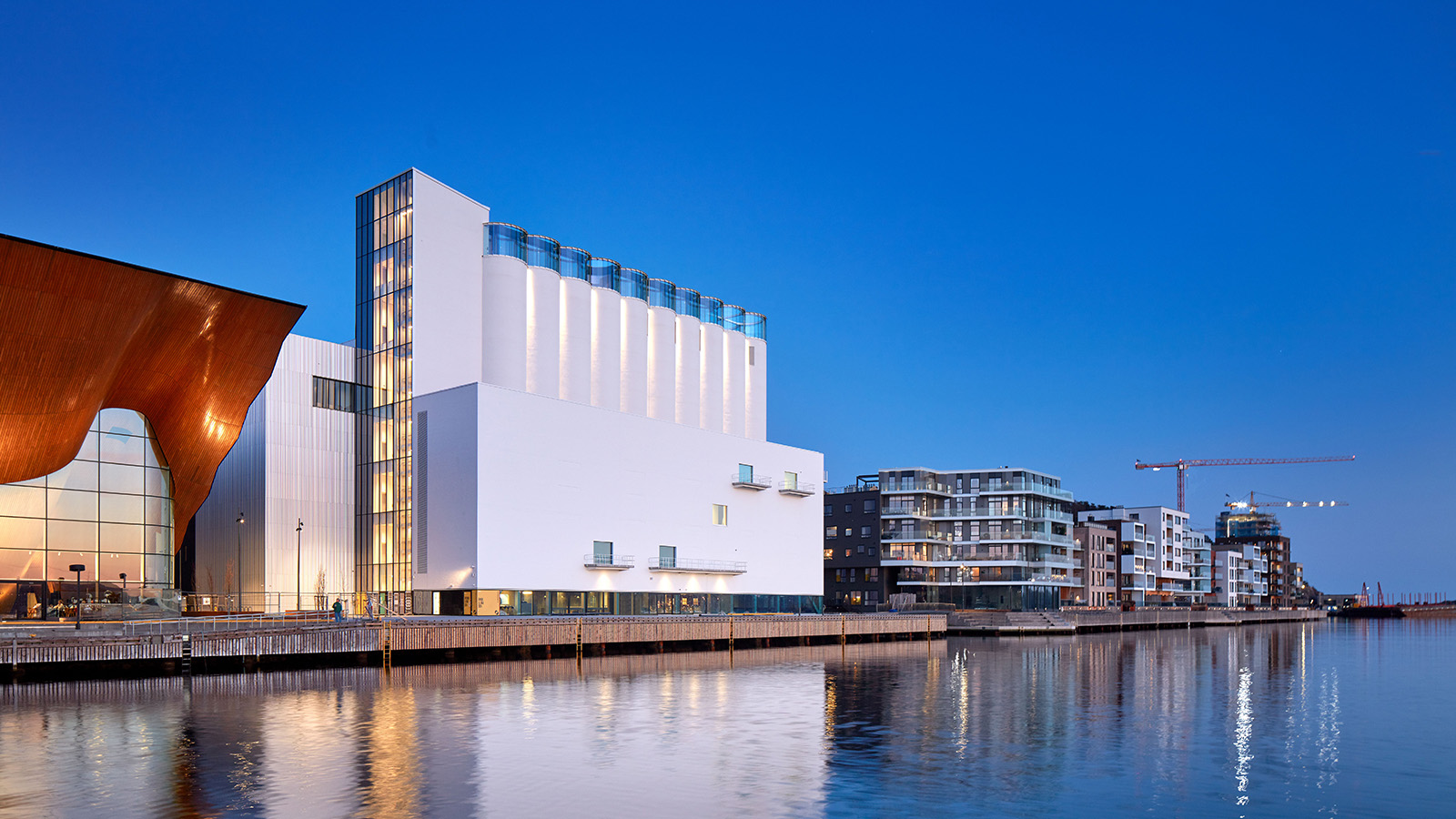
The home of the new Kunstsilo, the 130,000-strong city of Kristiansand in southern Norway, may be modest in size, but it’s now home to a vast collection of Nordic art. It seems fitting that the collection, which focuses on the 20th century, should find a home in a 1930s building – an old grain silo.
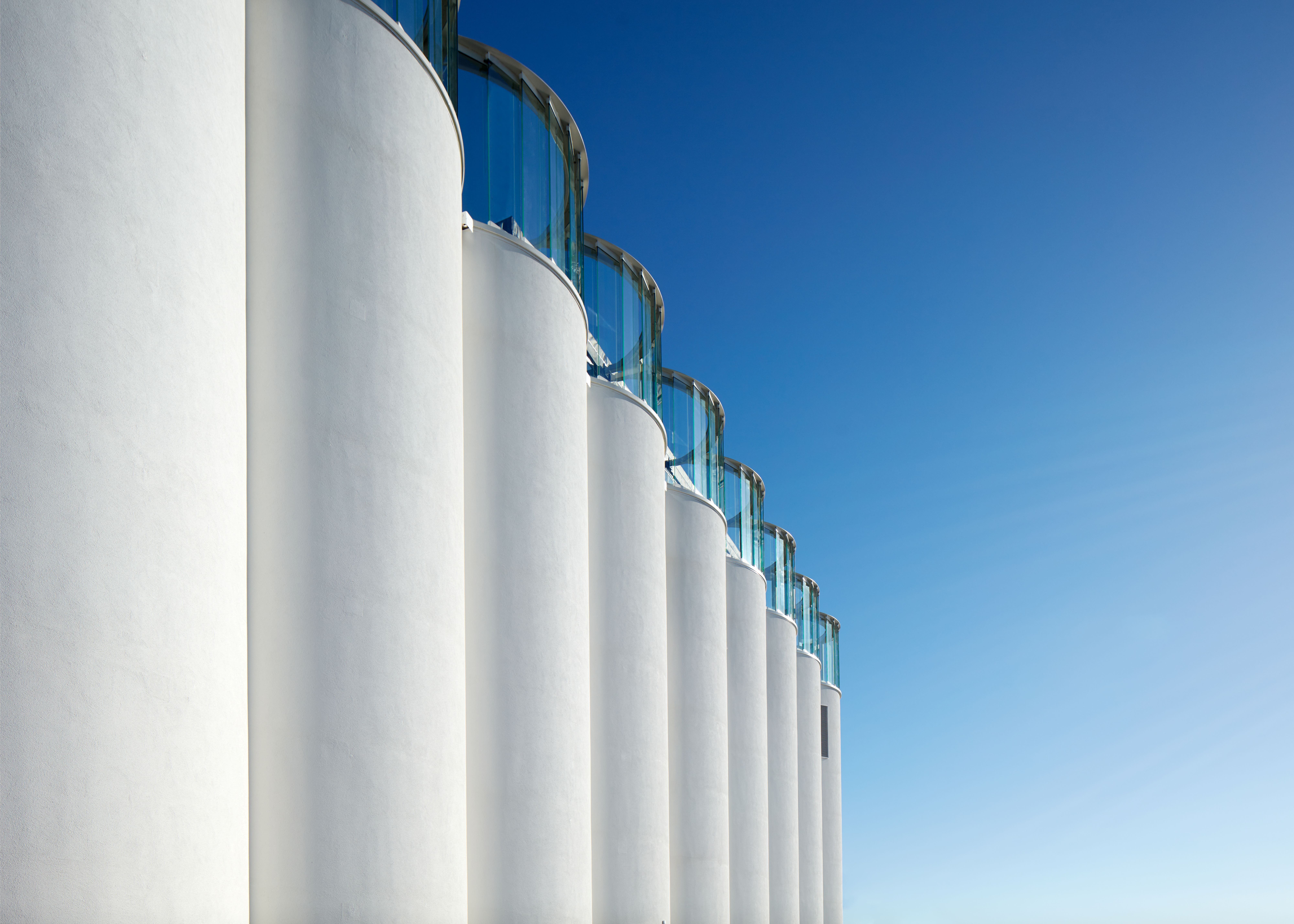
Kunstsilo
Kunstsilo is the result of an open international competition, won in 2016 by Barcelona- and Oslo-based Mestres Wåge, working together with Spanish firms Mendoza Partida and BAX Studio. The key part of the brief was to create a venue for the 5,500-strong private collection of Kristiansand native Nicolai Tangen, a former hedge-fund manager who has bankrolled much of the museum’s £50m build.

The grain silo was already considered special locally, and had listed status. It was designed by leading figures in Norway’s functionalist movement, architects Korsmo and Aarsland. Unused since 2006, it stands on the waterfront on Odderøya, an island where wild camping is encouraged. Over the water is the dock where 150 cruise ships arrive each year, and bang next door is the 2012 Kilden Performing Arts Centre by Finnish firm ALA.

Converting 30 closely packed, 41m-tall concrete cylinders into an art museum involved some drastic surgery. Originally, the cylinders extended downwards to head height, so that the grain could be collected at ground level. Now, most of the length of the central cylinders has been removed, creating a wow-factor atrium at the top level. Other cylinders around the edge have been sliced in half lengthwise, leaving a semi-circle of tube. Magnus Wåge, who co-founded the Mestres Wåge in 2005 with Maria Mestres, calls it ‘a 220sqm basilica space’.

The three floors of exhibition space hug the exterior walls and are designed as plain, differently sized boxes, painted mostly white. Wåge describes these areas as 'more passive architecture where the art can stand out'. Each floor has a landing with views of the atrium.

At the back, the architects have added a boxy, metal-clad volume, containing exhibition space, workshops and a lift for artwork. 'We were preoccupied with revealing the character of the existing building and the new additions are in contrast to that, so it’s a sort of duet,' Wåge says.
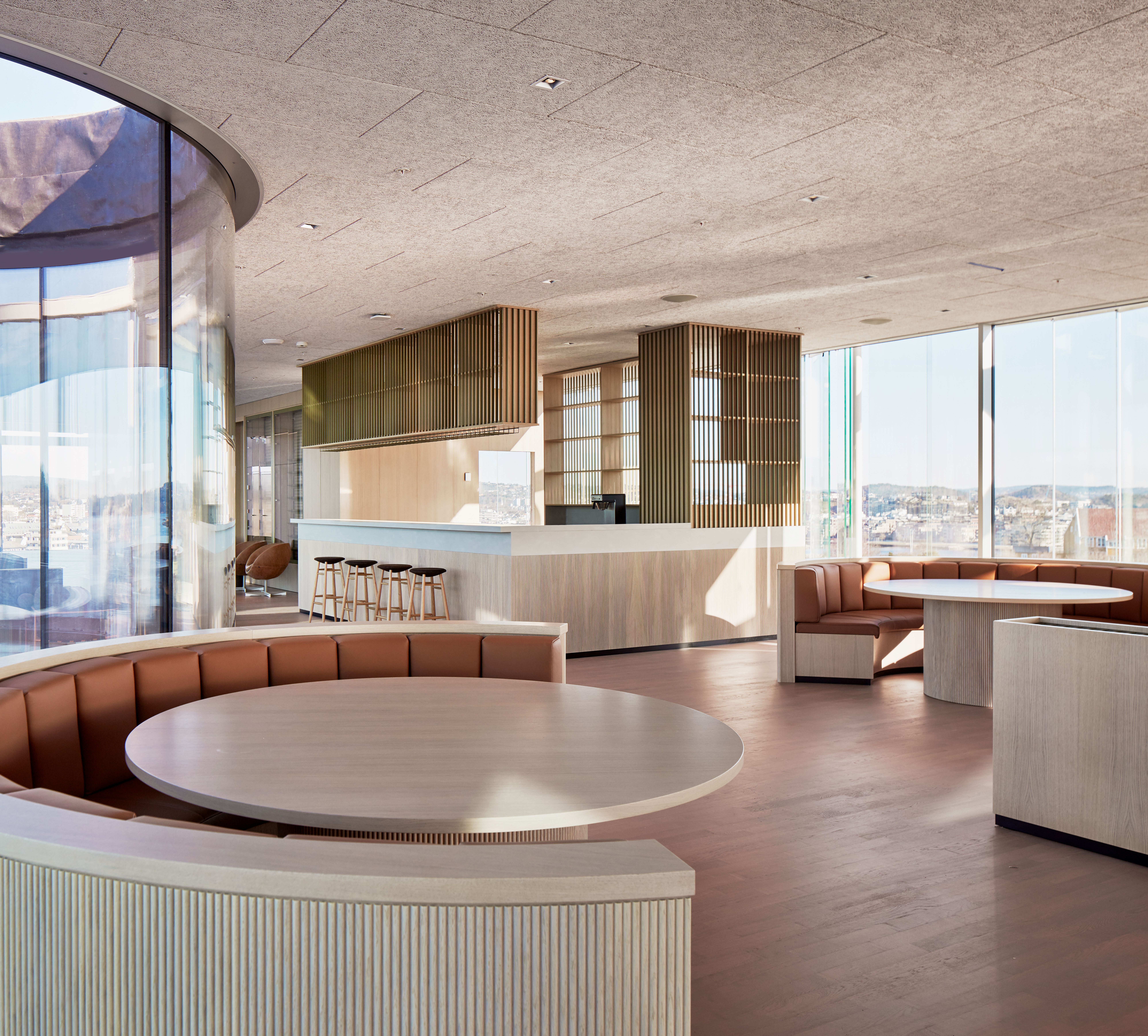
The bar and roof terrace on level nine are quadruple aspect, in contrast to the darker exhibition spaces below. Here, the aesthetic is Scandi-comfortable, courtesy of the building’s interior designer, Scenario in Oslo (which also did the Munch Museum’s interiors, which include furniture by Vestre).
Receive our daily digest of inspiration, escapism and design stories from around the world direct to your inbox.

Up on the terrace, there are intentional narrow gaps between the panels of glazing surrounding the balcony, so any wind coming off the North Sea strait of Skagerrak is part of the experience.
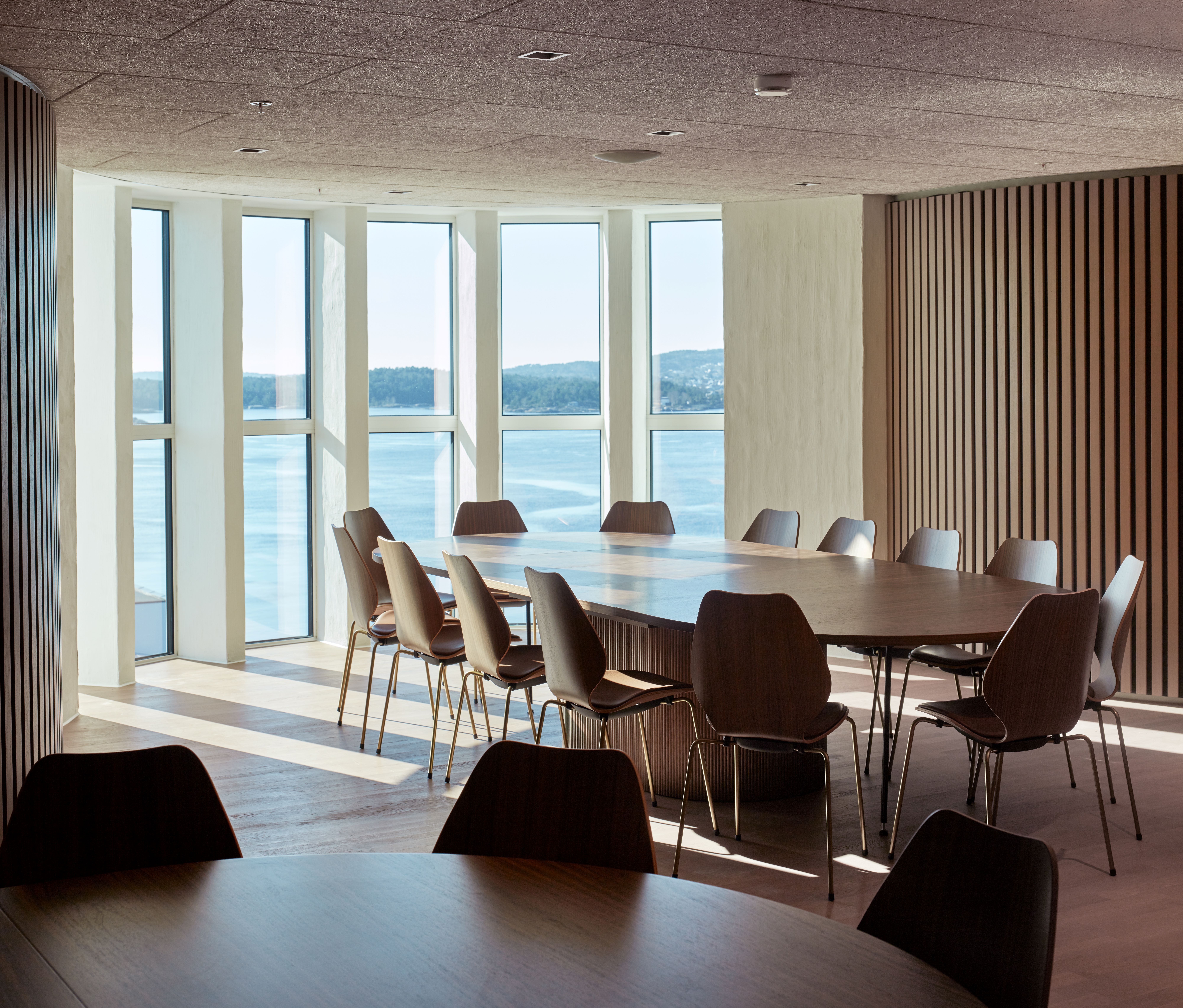
Visiting outside Krisitansand’s busy summer tourist season, the city’s low-rise architecture, low traffic levels and countless views over water make it feel like a sleepy town. If Kunstilo is going to put it on the map, then it will compete with or complement its existing delights: wide streets of centuries-old timber houses, and a few residential buildings by German-born Bauhaus member Thilo Schoder.

Would this cultural venue be getting as much attention if it were a new-build? Probably not. There’s something about grain silos that captures the imagination. Thomas Heatherwick proved that in 2017, with the transformation of Cape Town’s former silos into Zeitz MOCAA art museum.
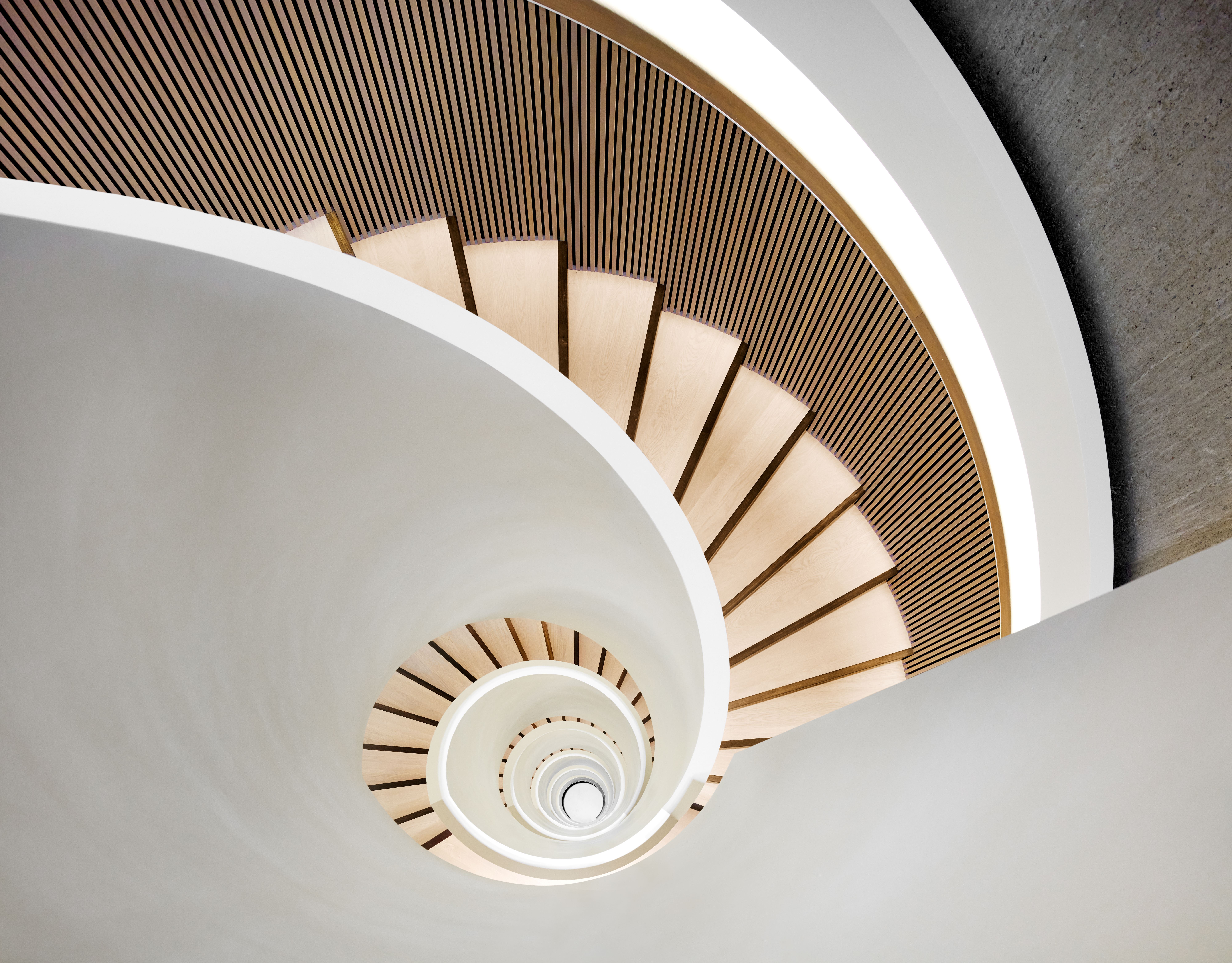
Or maybe adaptive reuse just feels right these days, though it isn’t always without its problems. 'When we work with an existing building, we don’t always know the technical condition, so there’s a risk,' says Wåge, 'But the upside is it has character.'
Clare Dowdy is a London-based freelance design and architecture journalist who has written for titles including Wallpaper*, BBC, Monocle and the Financial Times. She’s the author of ‘Made In London: From Workshops to Factories’ and co-author of ‘Made in Ibiza: A Journey into the Creative Heart of the White Island’.
-
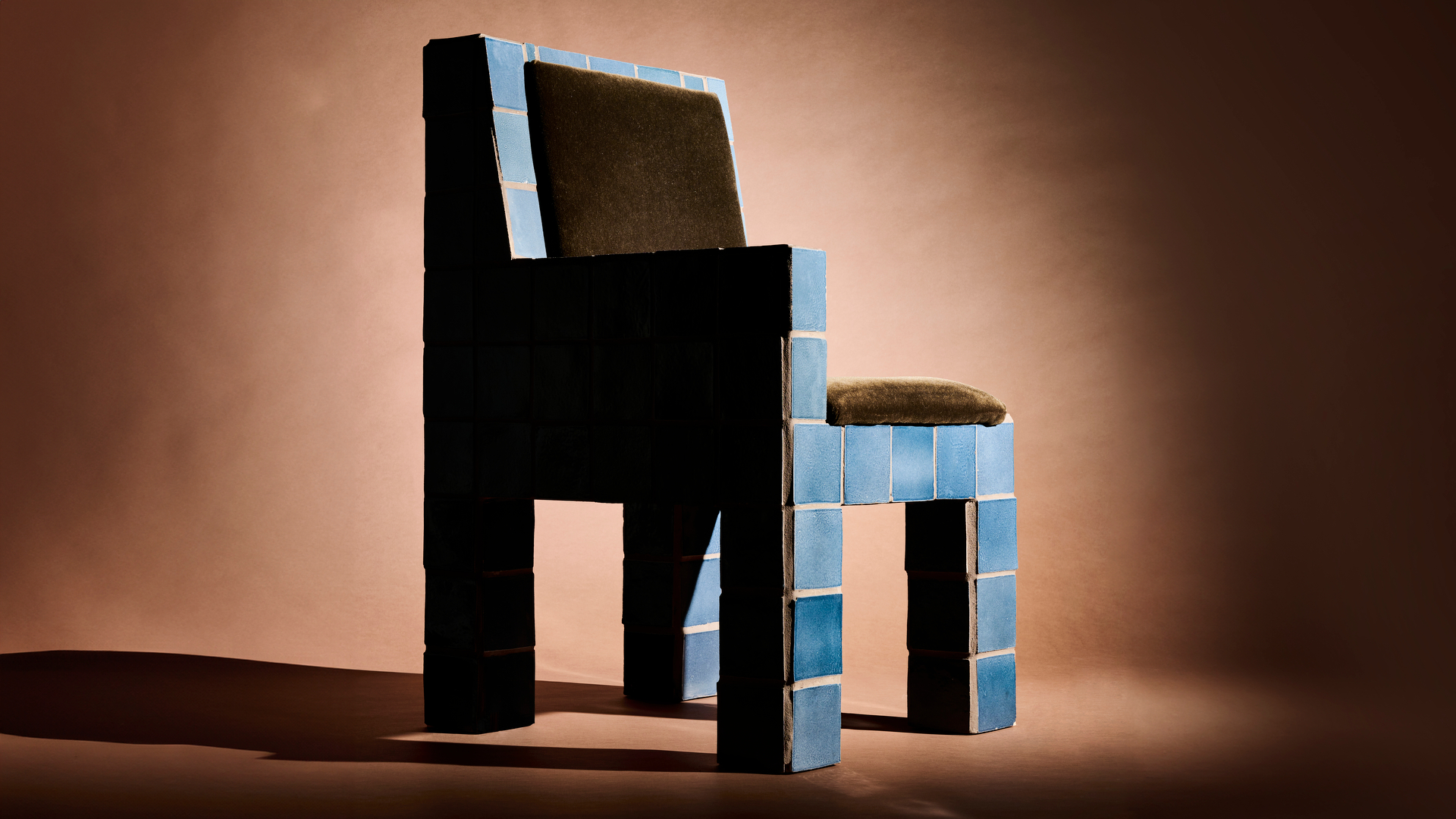 This LA-based furniture designer finds a rhythm in music and making
This LA-based furniture designer finds a rhythm in music and makingWallpaper* Future Icons: LA-based Ah Um Design Studio's expressive furniture features zig-zagging wooden frames, mohair and boucle upholstery, and a distinctive use of tiles
-
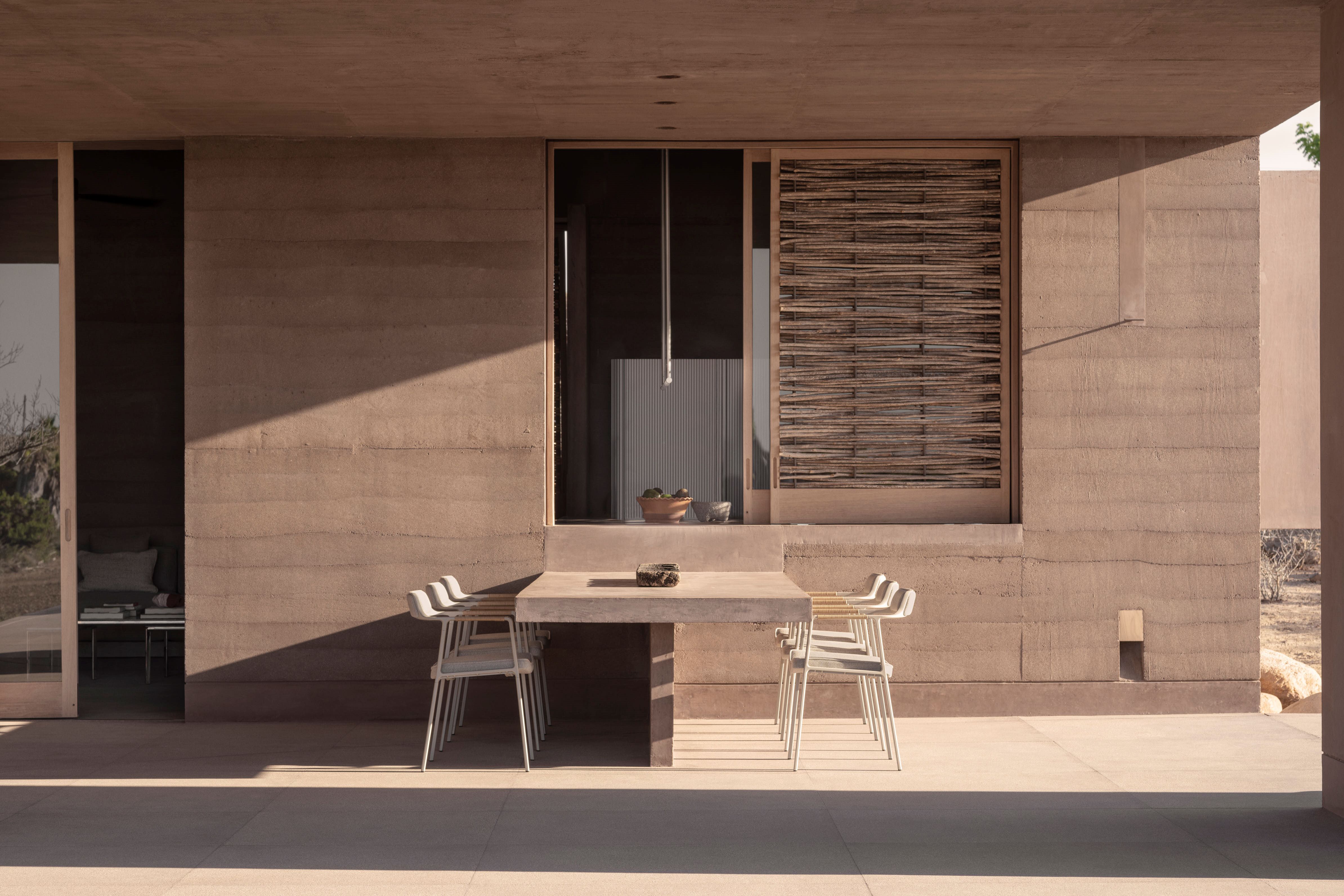 This Mexican architecture studio has a surprising creative process
This Mexican architecture studio has a surprising creative processThe architects at young practice Pérez Palacios Arquitectos Asociados (PPAA) often begin each design by writing out their intentions, ideas and the emotions they want the architecture to evoke
-
 The Bombardier Global 8000 flies faster and higher to make the most of your time in the air
The Bombardier Global 8000 flies faster and higher to make the most of your time in the airA wellness machine with wings: Bombardier’s new Global 8000 isn’t quite a spa in the sky, but the Canadian manufacturer reckons its flagship business jet will give your health a boost
-
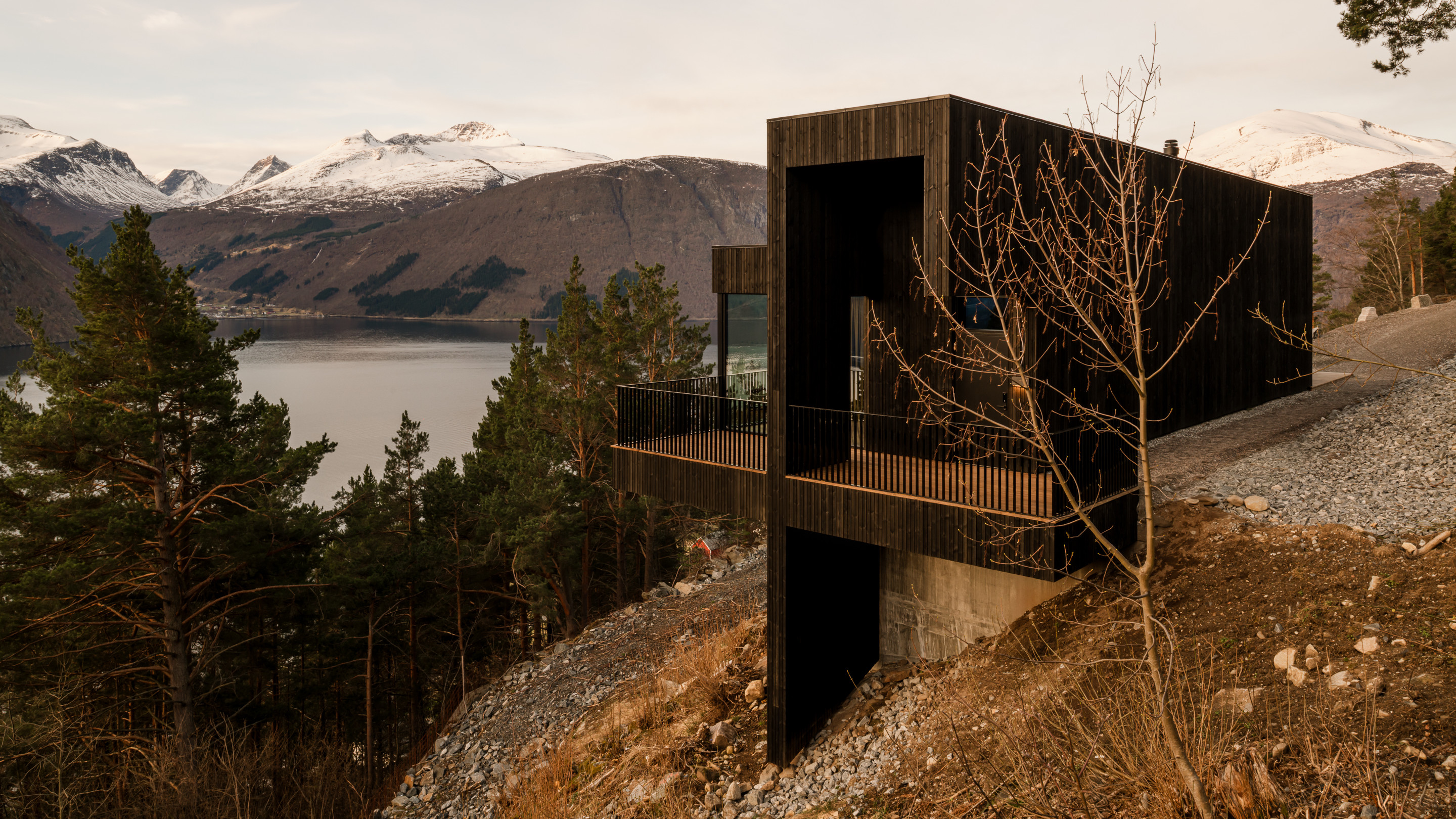 A holiday house on a Norwegian fjord drinks in spectacular views
A holiday house on a Norwegian fjord drinks in spectacular viewsAn elegant and modest holiday home on a fjord on Norway’s western coast works with a steep site and far-reaching vistas
-
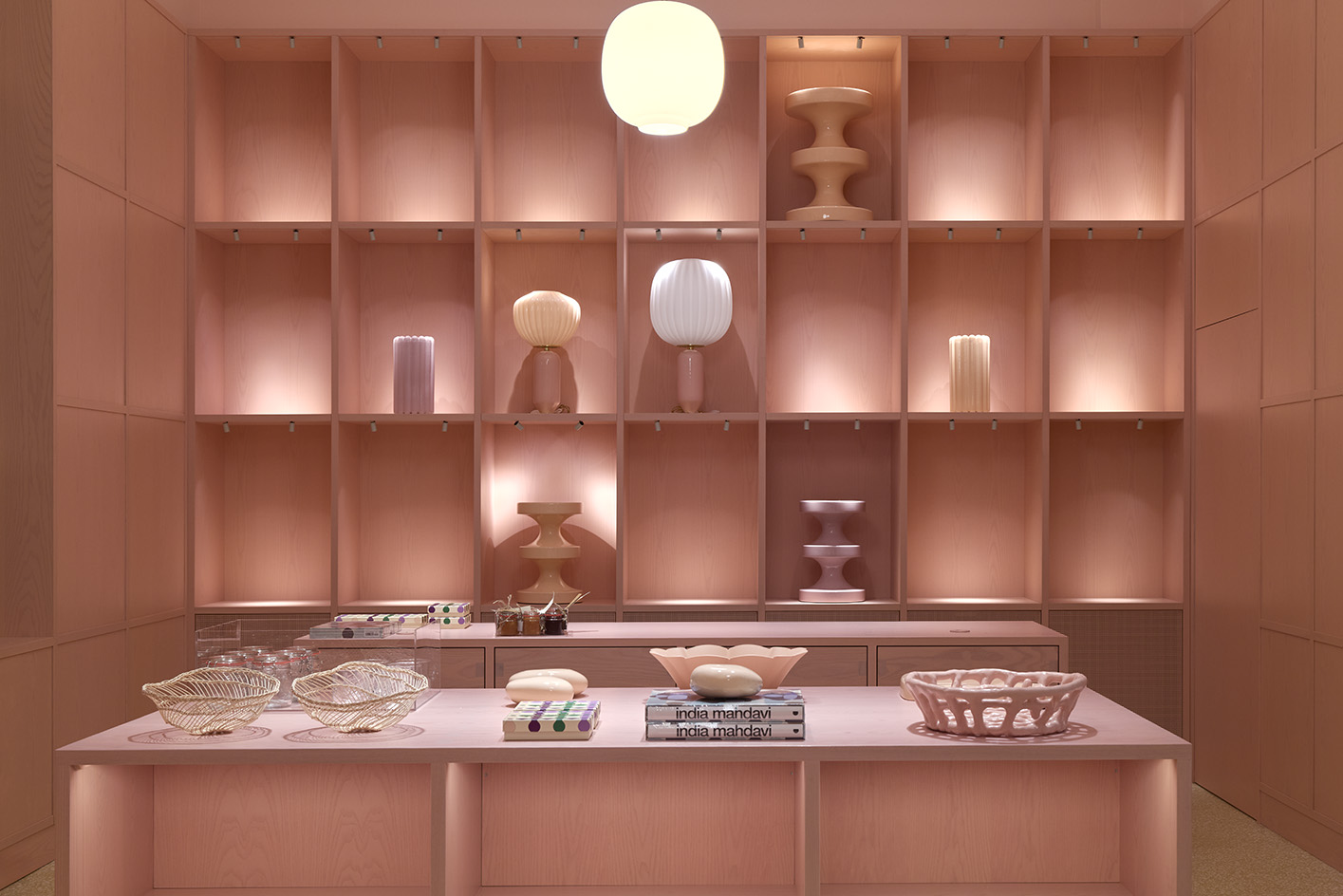 PoMo Museum opens its colourful spaces in Trondheim’s art nouveau post office
PoMo Museum opens its colourful spaces in Trondheim’s art nouveau post officePoMo Museum is a new Trondheim art destination, featuring colourful interiors by India Mahdavi in an art nouveau post office heritage building
-
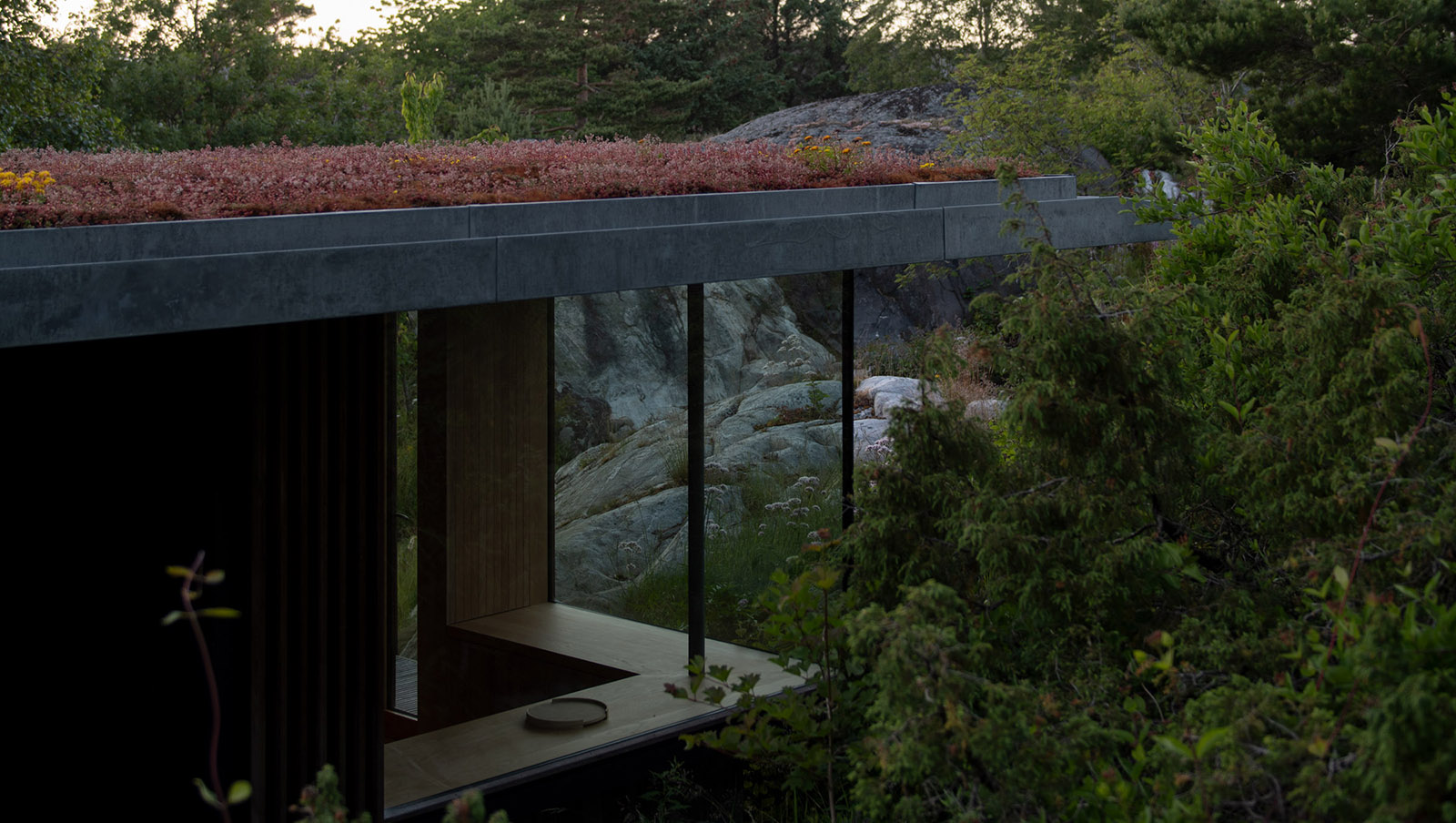 Tour this waterfront Norwegian summer house in pristine nature
Tour this waterfront Norwegian summer house in pristine natureCabin Lillesand by architect, Lund Hagem respects and enhances its natural setting in the country's south
-
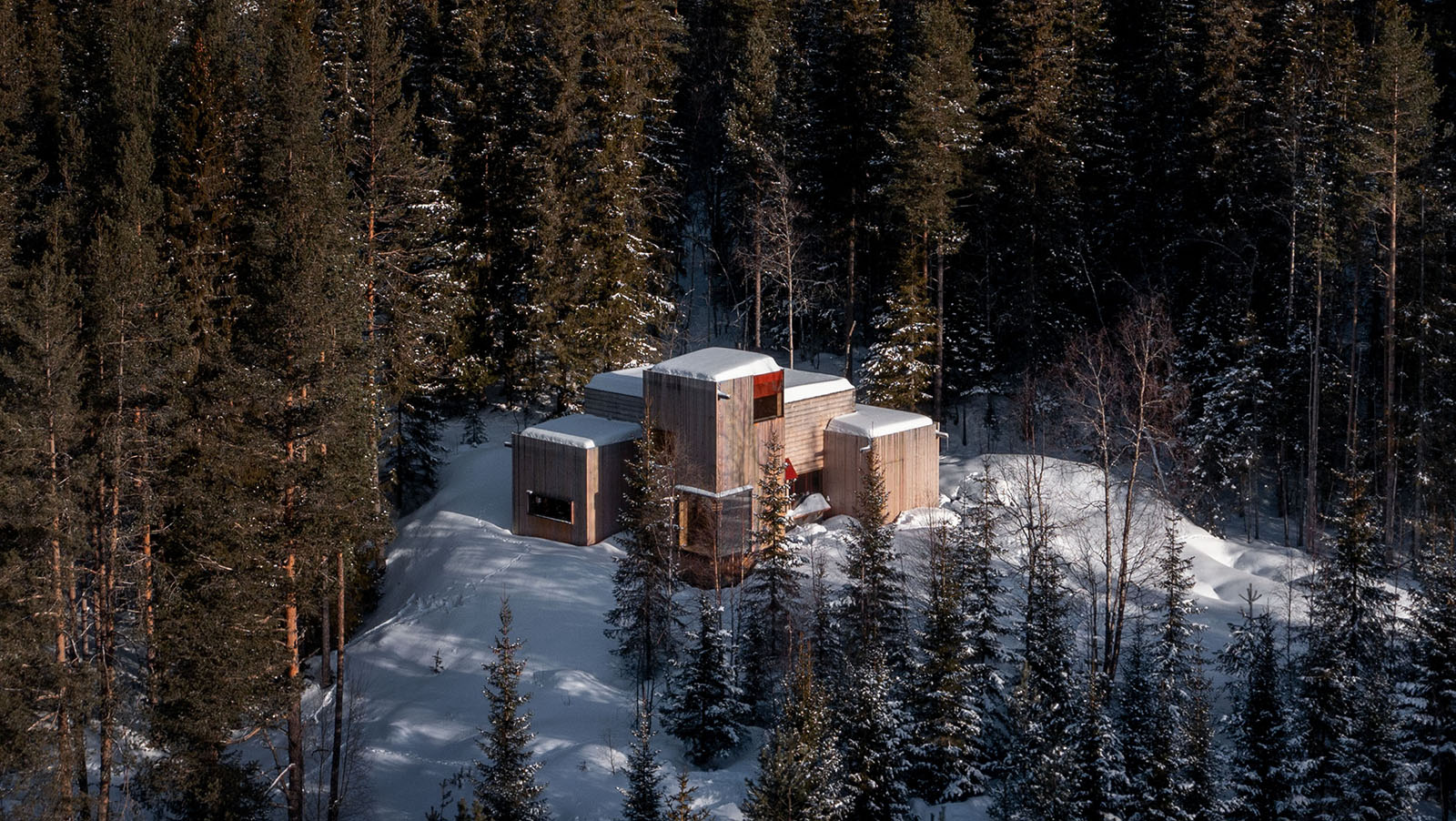 Aarestua Cabin brings old Norwegian traditions into the 21st century
Aarestua Cabin brings old Norwegian traditions into the 21st centuryAarestua Cabin by Gartnerfuglen is a modern retreat with links to historical Norwegian traditions, and respect for its environment
-
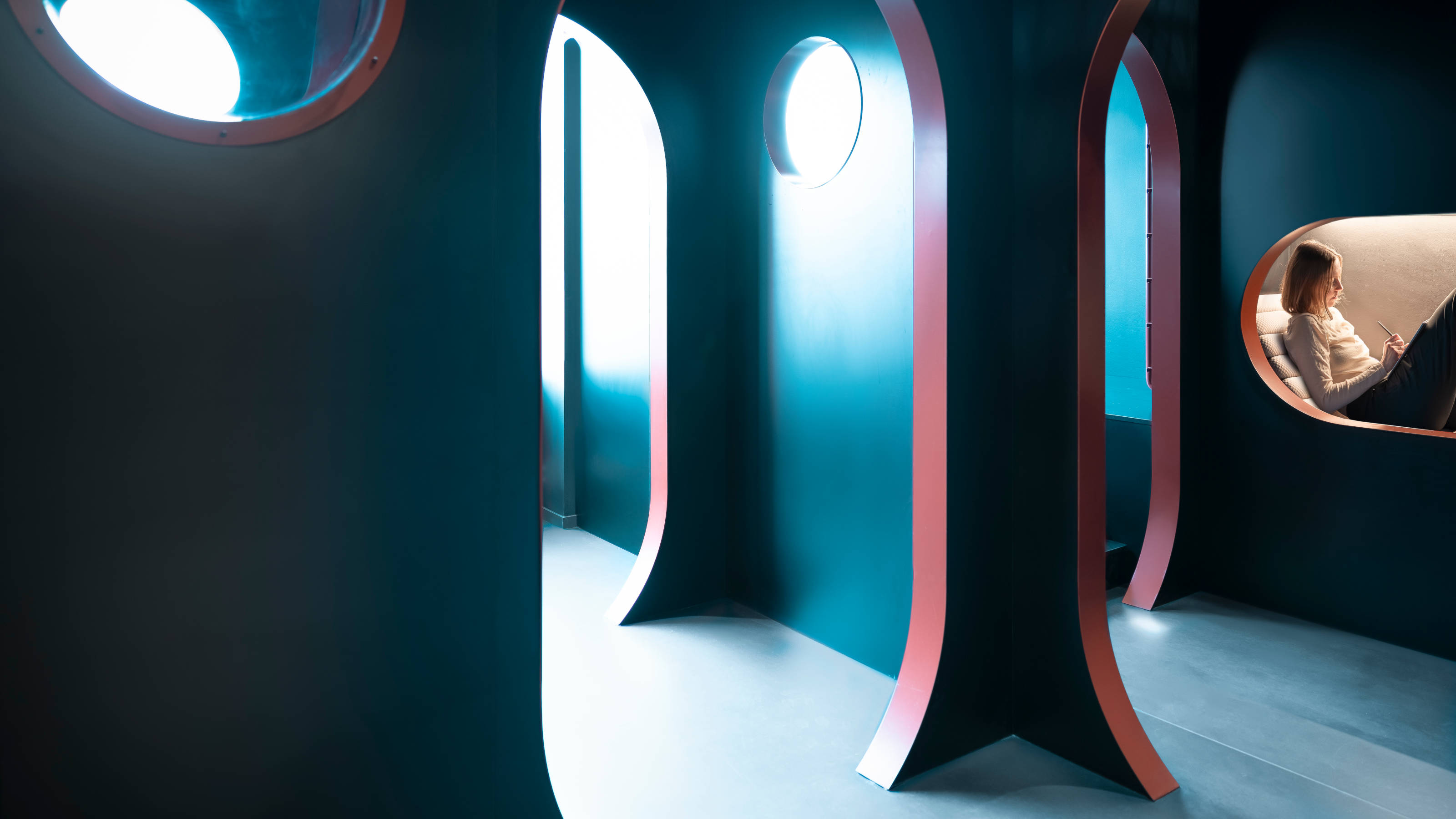 Pioneering tablet maker reMarkable’s Oslo headquarters is a space for ‘better thinking’
Pioneering tablet maker reMarkable’s Oslo headquarters is a space for ‘better thinking’reMarkable’s Oslo head office, featuring areas to retreat, ruminate and collaborate, is a true workspace of the future
-
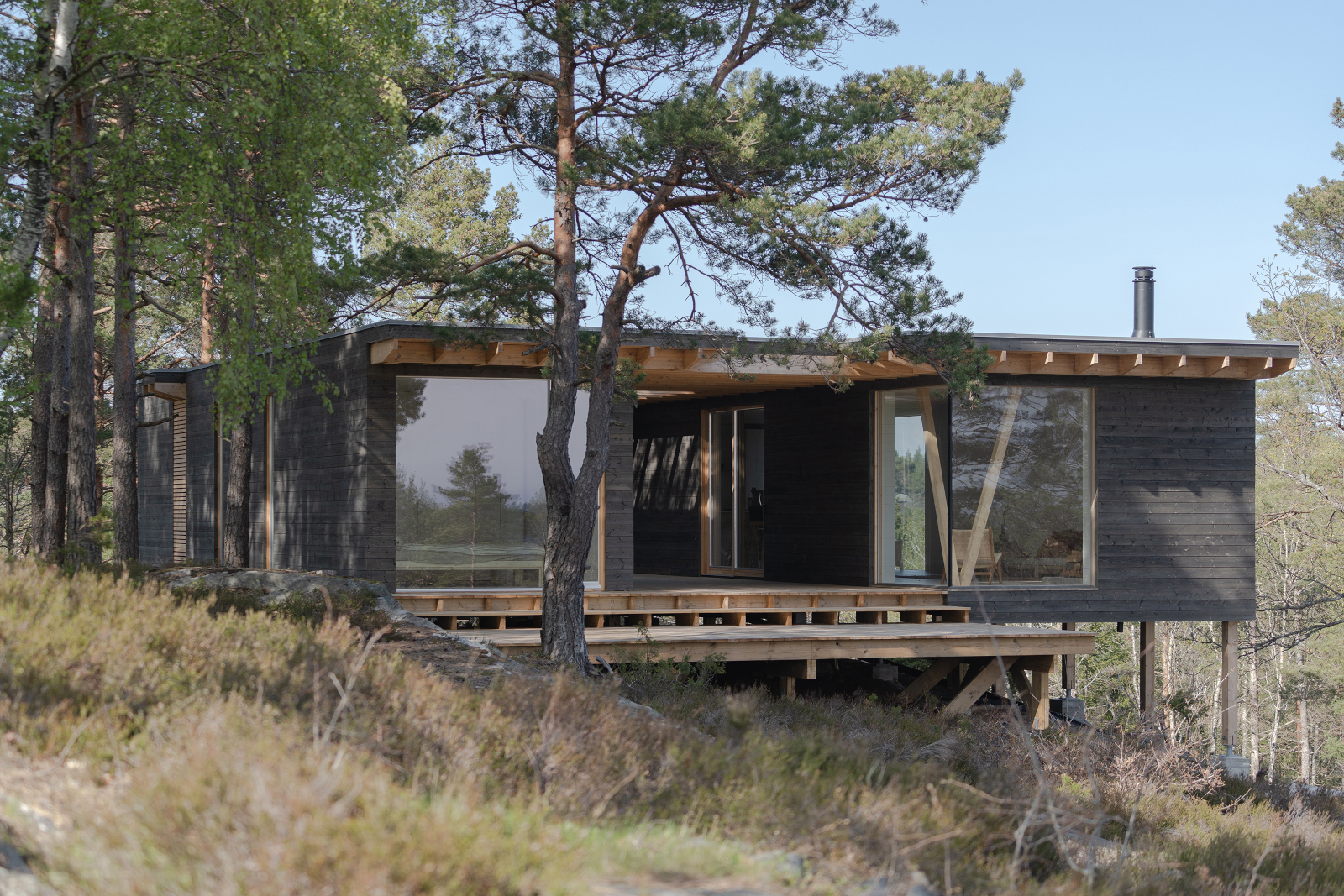 This Norway cabin was designed as a minimalist, coastal escape
This Norway cabin was designed as a minimalist, coastal escapeThis Norway cabin by Erling Berg is made of local timber that frames its scenic Risør views through large openings and outdoor areas, creating a cool summer escape
-
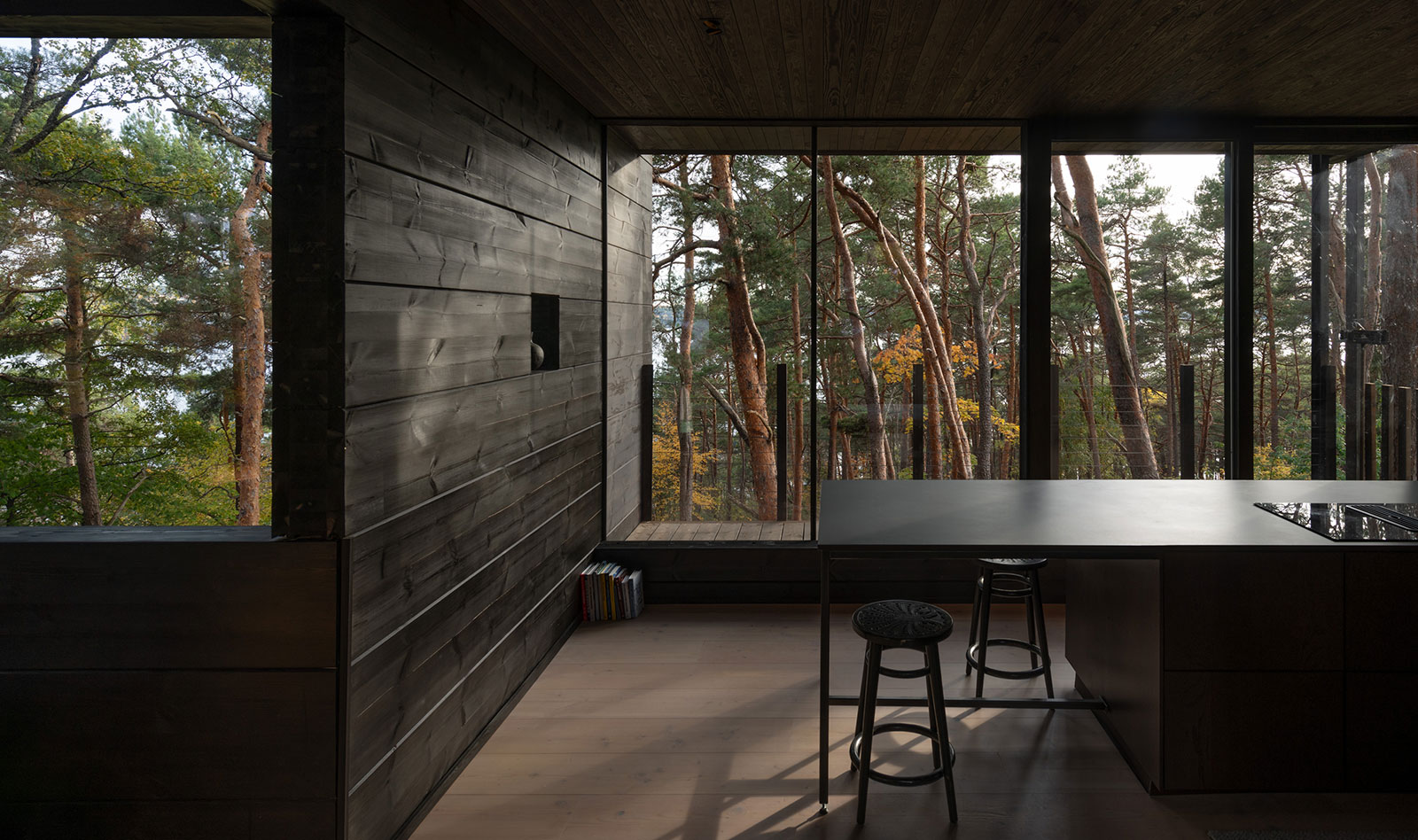 This Oslo house is a suburban cabin in the woods
This Oslo house is a suburban cabin in the woodsAn Oslo house designed like a retreat, Villa Nikkesmelle by Gartnerfuglen, offers the perfect balance between urban and rural
-
 Restored former US embassy in Oslo brings Eero Saarinen’s vision into the 21st century
Restored former US embassy in Oslo brings Eero Saarinen’s vision into the 21st centuryThe former US embassy in Oslo by Finnish American modernist Eero Saarinen has been restored to its 20th-century glory and transformed for contemporary mixed use